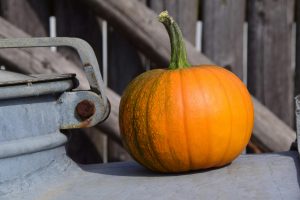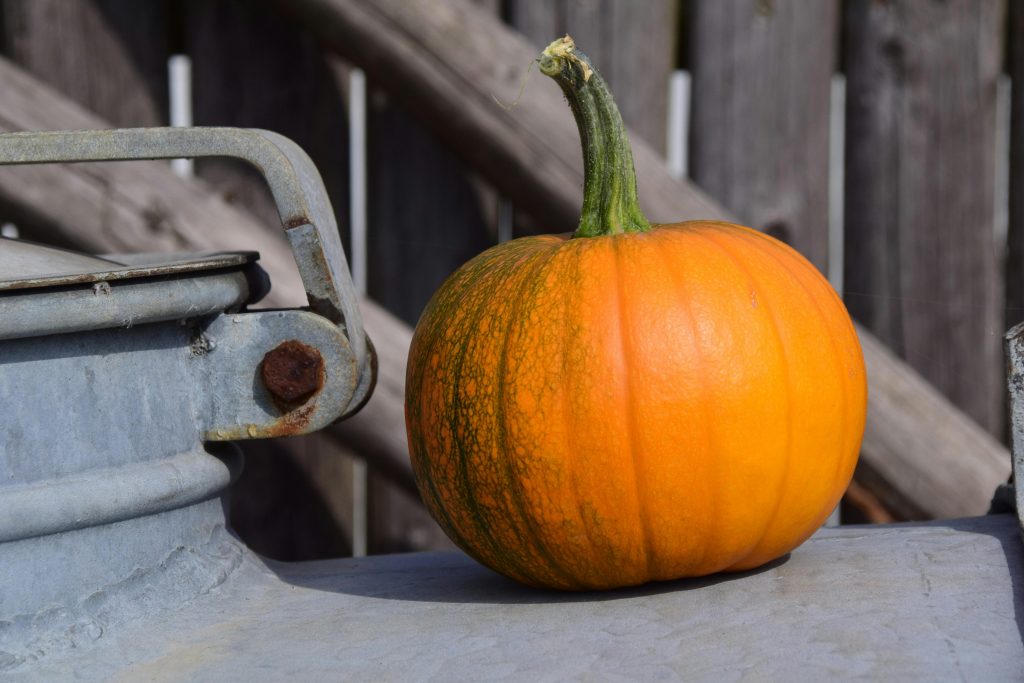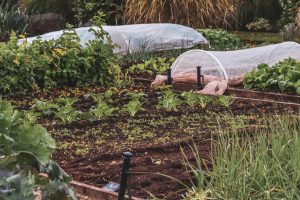
Pumpkin Growth Hack: Fertigation Tips for Halloween Patch Success
October is the season of pumpkins. From farmers preparing their harvest for markets, to landscapers designing festive displays, to families visiting pumpkin patches for Halloween

October is the season of pumpkins. From farmers preparing their harvest for markets, to landscapers designing festive displays, to families visiting pumpkin patches for Halloween fun, pumpkins are the centerpiece of the month. While many people think of pumpkins as decorative, serious growers know that producing large, healthy, and vibrant pumpkins takes planning, nutrient management, and careful timing. One of the most effective methods for maximizing size and quality is fertigation, the practice of applying fertilizers through irrigation systems.
Fertigation ensures that nutrients reach pumpkin roots consistently and efficiently. It also allows growers to target the specific nutrients pumpkins crave in their peak growth stages. By focusing on calcium, potassium, magnesium, and sulfur during October, farmers, landscapers, and gardeners can boost yields, improve quality, and ensure their pumpkins are ready for Halloween displays or harvest markets.
At Supply Solutions LLC, fertilizers such as gypsum, muriate of potash, and magnesium sulfate provide the nutrient foundation pumpkins need to thrive. When delivered through fertigation, these products offer quick uptake and visible results that make a real difference in pumpkin patches.
Pumpkins are heavy feeders. Producing large fruits requires a steady supply of nutrients that support root development, fruit filling, and stress tolerance.
By October, the focus shifts away from nitrogen and toward potassium, calcium, magnesium, and sulfur. These nutrients directly influence the final size, firmness, and color of pumpkins.
Fertigation is particularly effective for pumpkins because of their sprawling growth habit and high nutrient demand. Traditional broadcast fertilization often leaves nutrients stranded away from the root zone, especially in sandy or compacted soils. Fertigation solves this problem by delivering nutrients directly with irrigation water.
For farmers running large pumpkin patches or gardeners managing backyard plots, fertigation maximizes return on investment while producing healthier plants.
Gypsum, a source of calcium and sulfur, is an important fertigation input for pumpkins in October. Calcium strengthens pumpkin rinds and prevents common problems such as blossom-end rot. Sulfur contributes to protein synthesis, which supports vigorous growth.
When applied through fertigation, high-solubility gypsum quickly moves into the root zone. The result is improved soil structure, stronger roots, and pumpkins that resist splitting or rotting. This is especially important for growers who want pumpkins that will last through Halloween displays or store well after harvest.
Potassium is the nutrient most closely associated with pumpkin size and quality. Potash, specifically muriate of potash (0-0-60), delivers potassium in a form that pumpkins can readily use.
Through fertigation, potash increases water regulation in plant cells, improves enzyme activation, and enhances carbohydrate movement into the developing fruit. This translates into larger, firmer pumpkins with vibrant orange color. For farmers, this means better prices at market. For landscapers and gardeners, it means pumpkins that stand out in displays or family gardens.
Magnesium sulfate, commonly recognized as Epsom salt, contributes both magnesium and sulfur. Magnesium is the heart of chlorophyll molecules, keeping vines strong and leaves green late into the season. Sulfur aids in protein and enzyme production, supporting healthy fruit development.
When applied through fertigation, magnesium sulfate corrects deficiencies quickly. The result is greener vines, healthier leaves, and pumpkins with better flavor and storage qualities. For pumpkin patches that double as agritourism attractions, greener vines also create a more appealing landscape for visitors.
Pumpkins are a profitable crop during the fall season, but they require high management. Fertigation with gypsum, potash, and magnesium sulfate offers farmers clear advantages.
For farmers supplying local markets or wholesale buyers, fertigation is a proven way to stand out in a competitive October market.
Landscapers often design seasonal displays for commercial properties, parks, and private residences. Fertigation ensures that pumpkins used in these projects look their best.
By using fertigation as part of their management program, landscapers can promise clients displays that last throughout October without pumpkins collapsing or rotting prematurely.
For home gardeners, pumpkins are a fun and rewarding fall project. Fertigation makes it easier to produce pumpkins that wow family and friends.
Gardeners who invest a little effort in fertigation are rewarded with pumpkins that stand out at Halloween gatherings.
Applying fertilizers through irrigation systems is straightforward, but a few guidelines ensure success.
Avoiding these mistakes ensures pumpkins grow to their full potential in both size and quality.
At Supply Solutions LLC, growers, landscapers, and gardeners can find high-quality gypsum, potash, and magnesium sulfate formulated for real-world performance. With products that dissolve easily and deliver reliable results, the company provides everything needed to run a successful pumpkin fertigation program. Beyond products, Supply Solutions LLC offers expertise and guidance to help customers apply nutrients correctly for maximum impact.
October pumpkins are more than decorations. They represent the effort and care of farmers, landscapers, and gardeners who know how to manage nutrients wisely. Fertigation with gypsum, potash, and magnesium sulfate is a proven way to take pumpkin production to the next level, whether the goal is a profitable harvest, a stunning landscape display, or a family carving project. By investing in nutrient management now, growers ensure pumpkins that are larger, healthier, and more vibrant just in time for Halloween.
For gypsum, potash, magnesium sulfate, and other trusted fertilizers, visit Supply Solutions LLC. Reach us through our contact form, message us on Facebook, call 503-451-1622, or email sales@mysolutionssupply.com to get expert guidance and the products you need for your pumpkin patch success.

October is the season of pumpkins. From farmers preparing their harvest for markets, to landscapers designing festive displays, to families visiting pumpkin patches for Halloween

Fall soil care is about more than just replacing what crops, lawns, or gardens have consumed over the growing season. It is about setting the
Give us a call or visit our store, and we’ll help you find the right solution for your business.
© Supply Solutions LLC 2025